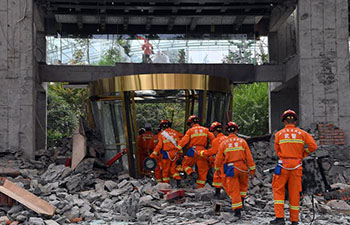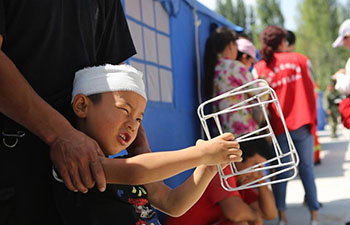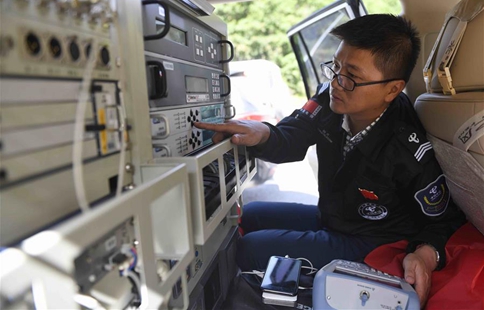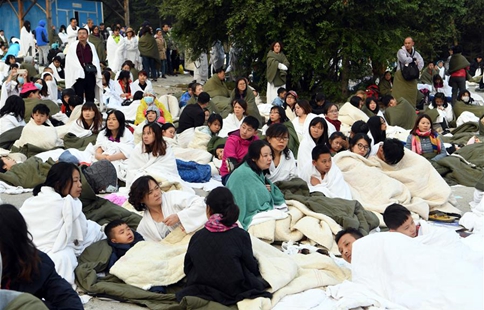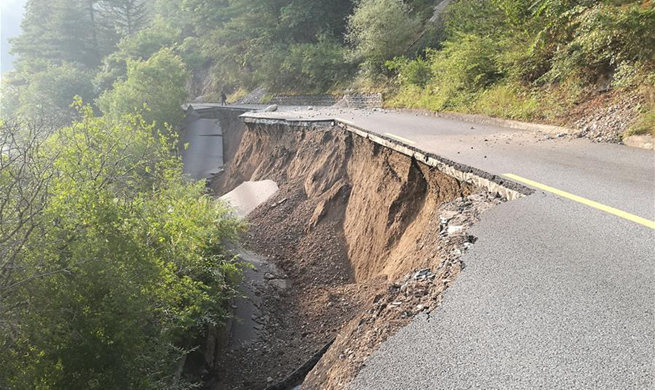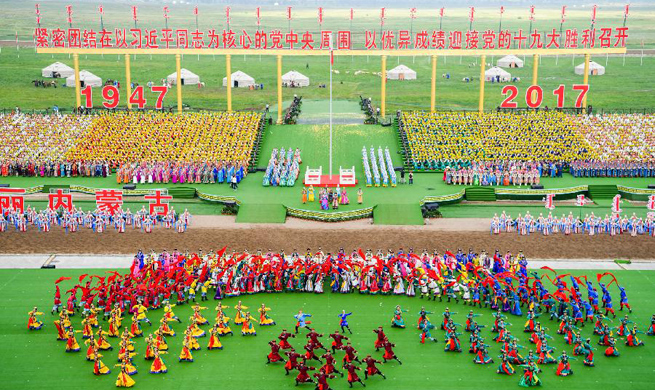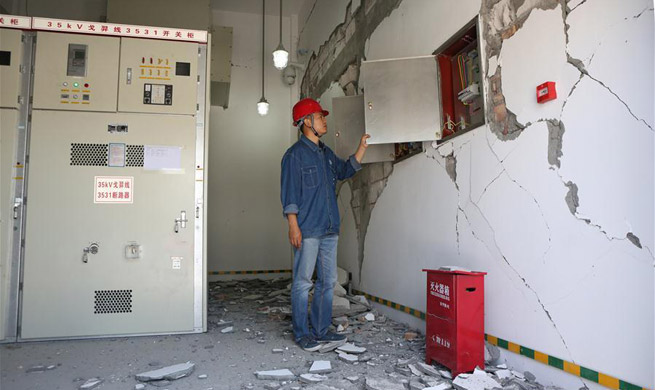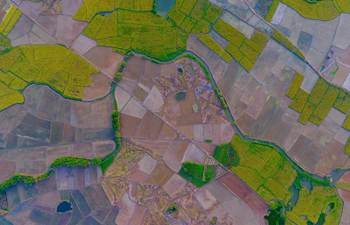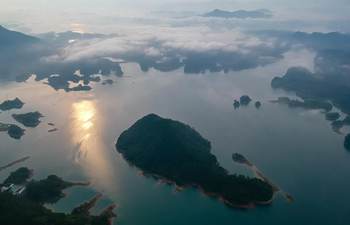TOKYO, Aug. 9 (Xinhua) -- Five U.S. military E-2D early warning airplanes arrived at the Marine Corps Air Station Iwakuni in western Japan on Wednesday, in the first phase of the relocation of an air wing from a U.S. base near Tokyo.
The E-2D "Hawkeye" planes, an all-weather, carrier-capable tactical airborne early warning (AEW) aircraft, are among 61 aircraft that will be relocated from the Naval Air Facility Atsugi in Kanagawa Prefecture, near Tokyo, to the U.S. Marine Corps Air Station Iwakuni in Yamaguchi Prefecture.
The move is based on an accord reached between Japan and the United States in 2006 on the realignment of U.S. forces in Japan.
The pact will also involve attack aircraft and other planes that have been operating from the aircraft carrier Ronald Reagan, which is based at the Yokosuka naval base in Kanagawa Prefecture near Tokyo
The move from Atsugi was also based on the government's bid to reduce noise pollution suffered by local residents largely related to the aircraft deployed on the carrier.
Local residents have filed a number of lawsuits calling for an early realignment of the planes.
The relocation is expected to be completed by next spring, with the Iwakuni base set to accommodate 120 aircraft and 3,800 extra personal.
Once the transfer is complete, the base will become one of the largest U.S. air stations in East Asia.
Protests were held near the Iwakuni base by a civic group on Wednesday, however, insisting that the relocation will negatively impact the lives of locals.
"Once the relocation is completed, residents here will inevitably live their daily lives with noise problems that will double as well as a greater fear of accidents," Jungen Tamura, a 71-year-old Iwakuni city assembly member, was quoted by Kyodo News as saying.
Separately, the U.S. aircraft carrier Ronald Reagan docked at its home port at Yokosuka Naval Base on Wednesday.
Its return to Japan follows a three-month mission including patrols and drills conducted in the Sea of Japan.
The carrier left Yokosuka on May 16 and joined the Carl Vinson Nimitz-class supercarrier, which is based in San Diego.





